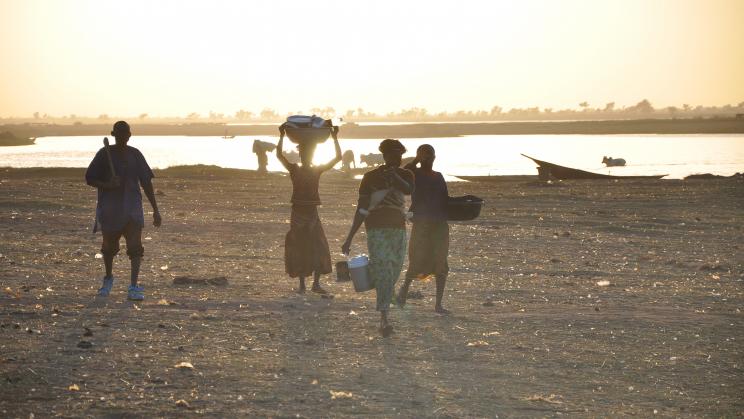Archived research
This page is for historical purposes and is no longer maintained
Complexity and fragility
In recent years, the understanding of fragility and its impact on development outcomes has evolved considerably. Fragility is defined at the state level because of the primacy of states and the availability of national level statistics. However, the international community has increasingly recognized that fragility is not only confined to national boundaries and can be found at the community level in resilient states or in regional, transborder and international systems.
While there is no generally agreed upon definition of what a ‘fragile state’ or ‘fragility’ is, the Organisation for Economic Co-operation and Development recently proposed a working model for analysing countries’ risks across five clusters of fragility indicators: violence, justice, institution, economic foundation, and resilience. These proposed dimensions of fragility reveal distinct patterns of vulnerability. Given the growing recognition of the limitations of current international approaches, this research aims to identify and address the fragility dynamics and to improve the methods of defining and measuring fragility at the systemic and individual levels. An important dimension of this analysis is the geography of violence and fragility and SIPRI is expanding work applying geographic information science to the study of violence and fragility.
Additional research in this area focuses on long-term institution building and governance reform. SIPRI monitors data on progress and regress in governance and how countries sequence reform processes. This undergirds ongoing policy support activities associated with conflict prevention and peacebuilding.




